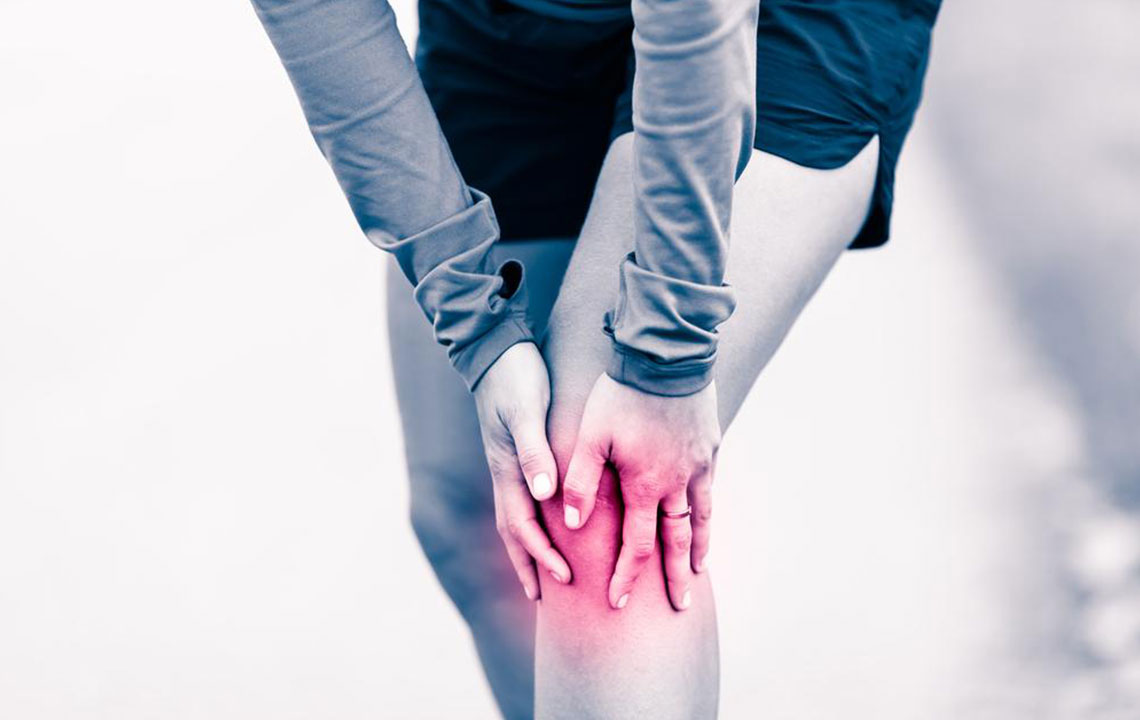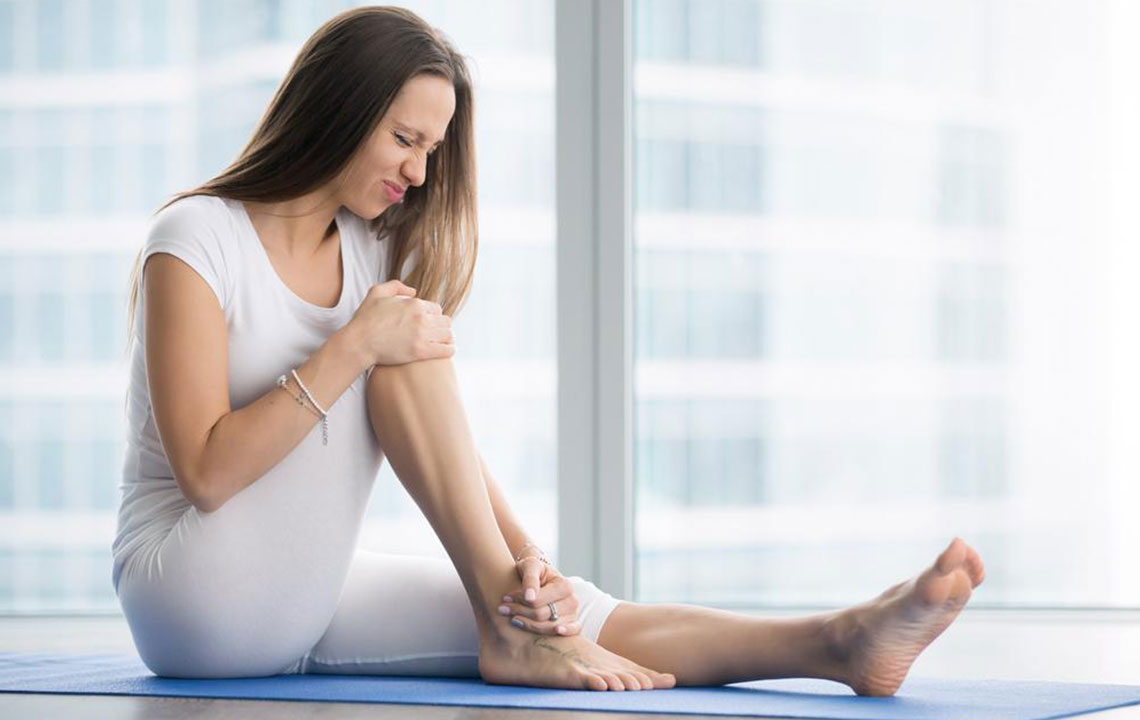Effective Natural Methods to Relieve Restless Legs Syndrome Symptoms
Discover comprehensive natural strategies to relieve Restless Legs Syndrome symptoms. From stress reduction and leg exercises to warm and cold therapies, explore safe, effective remedies that improve sleep quality and comfort. Learn how lifestyle adjustments and simple home treatments can make a significant difference in managing RLS without medication side effects. Perfect for those seeking holistic approaches, these tips empower you to take control of your symptoms naturally and enhance your overall well-being.

Effective Natural Methods to Relieve Restless Legs Syndrome Symptoms
Restless Legs Syndrome (RLS), also known as Willis-Ekbom disease, is a neurological condition characterized by uncomfortable sensations in the legs that often worsen at night. Individuals affected by RLS report symptoms such as twitching, crawly feelings, burning sensations, or tingling, which can significantly disrupt sleep and interfere with daily activities. RLS affects more than 10% of the population worldwide, making it a common yet often misunderstood disorder. While pharmacological treatments are available, many individuals seek natural and holistic approaches that can alleviate symptoms with minimal side effects, leading to better sleep quality and enhanced overall well-being.
Discover a range of natural strategies to manage and ease the symptoms of Restless Legs Syndrome effectively. These approaches focus on lifestyle modifications, relaxation techniques, and home remedies that can bring relief without the risks associated with medication.
1. Keep Your Mind Engaged and Reduce Anxiety
One of the key aspects of managing RLS naturally is maintaining mental activity during the day and evening. Engaging in stimulating activities such as puzzles, reading, knitting, or social conversations helps keep the mind occupied and reduces anxiety levels. Since stress and worry are known triggers for RLS symptoms, staying mentally active can prevent exacerbation. Additionally, practicing stress reduction techniques like meditation, deep breathing exercises, or mindfulness can cultivate a calmer mindset, which can translate to fewer involuntary sensations during resting hours.
2. Incorporate Gentle Lower-Leg Exercises and Massages
Physical activity targeting the muscles in your legs can be remarkably beneficial. Regular, gentle stretching or leg exercises before bedtime help relax tense muscles and decrease the urge to move. Massaging the legs with firm, circular motions can improve blood flow and soothe muscle discomfort. Wearing compression stockings approximately an hour before sleep might also assist in reducing symptoms, as compression therapy promotes circulation and diminishes muscle cramps or restless sensations.
3. Avoid Stimulants and Harmful Substances
Substances like caffeine, nicotine, and alcohol are known to worsen RLS symptoms. Caffeine and nicotine act as stimulants, aggravating nerve activity, while alcohol can interfere with sleep patterns and worsen sensations. To improve nightly rest, it is advisable to abstain from these substances, particularly during the late afternoon and evening hours. Opting for caffeine-free herbal teas or other calming beverages can create a more sleep-friendly environment.
4. Use Warm and Cold Therapies for Muscle Relaxation
Alternating hot and cold treatments are simple but effective remedies for alleviating muscle tension associated with RLS. Taking a warm bath, especially with Epsom salts, can relax the muscles and reduce cramping sensations. Following this with a cold compress on the legs can further reduce inflammation and ease discomfort. Some people find that soaking their feet in lukewarm water or adding natural remedies like hydrogen peroxide or herbs enhances relaxation. These therapies help calm the nervous system and improve sleep patterns.
5. Explore Unconventional but Popular Remedies
Oddly enough, some people report that placing a bar of soap under their pillow helps reduce nighttime cramps and restless sensations. While the exact mechanism remains unclear, the scent or placebo effect can promote relaxation and aid sleep. Additionally, creating a calming bedtime routine—such as listening to soothing music, practicing gentle yoga, or using aromatherapy—can further enhance restfulness. These home-based methods are cost-effective and easy to implement, offering natural relief options.
6. Adjust Sleeping Postures and Environment
Proper sleep positioning is crucial for minimizing symptoms. Keeping bedding loose and elevating your legs slightly can improve blood circulation and prevent muscle constriction. Avoiding positions that flex or point your toes excessively, which can trigger cramps, is also beneficial. Ensuring a comfortable, dark, and cool sleeping environment can foster better sleep quality. Using pillows to support your legs or adopting a side-lying position can help reduce muscle tension and involuntary movements during sleep.
7. Consider Sexual Activity as a Natural RLS Remedy
Emerging evidence suggests that sexual activity may offer relief for some individuals with RLS. During orgasm, the body releases endorphins and relaxes, which can diminish stress and nervous tension—in turn, reducing the intensity or frequency of RLS symptoms. Regular intimacy or masturbation could serve as a natural way to release built-up tension and promote restful sleep, contributing positively to overall health and well-being.
While traditional medication can effectively control RLS symptoms, many individuals are concerned about potential side effects like dry mouth, weight gain, fatigue, or long-term dependency. Natural remedies provide a sustainable and safer alternative, especially when combined with lifestyle and behavioral modifications. However, severe cases or worsening symptoms should prompt consultation with a healthcare professional. Proper diagnosis and personalized treatment plans are essential for managing RLS effectively and preventing complications in the future.





